Key Takeaways
Branded mascot sculptures bridge the gap between artistic expression and corporate messaging, creating tangible symbols that resonate with audiences. These sculptures transform abstract brand values—such as innovation, trust, or playfulness—into three-dimensional forms, making them accessible and memorable. For instance, a Cartoon sculpture can evoke nostalgia while aligning with a company’s identity, turning public spaces into interactive brand landmarks.
Beyond aesthetics, these statues serve strategic roles: they anchor physical locations as cultural touchpoints, encourage social media engagement through photo opportunities, and foster emotional connections with communities. By translating logos into lifelike figures, brands humanize their image, enabling deeper storytelling. The shift from 2D designs to 3D mascots also reflects evolving marketing strategies, where tactile experiences complement digital campaigns.
Crucially, successful mascot sculptures balance artistic integrity with brand alignment. Design choices—from materials to poses—must reflect organizational ethos while inviting public interaction. This duality ensures that mascots transcend mere advertising tools, becoming enduring symbols of shared cultural narratives.
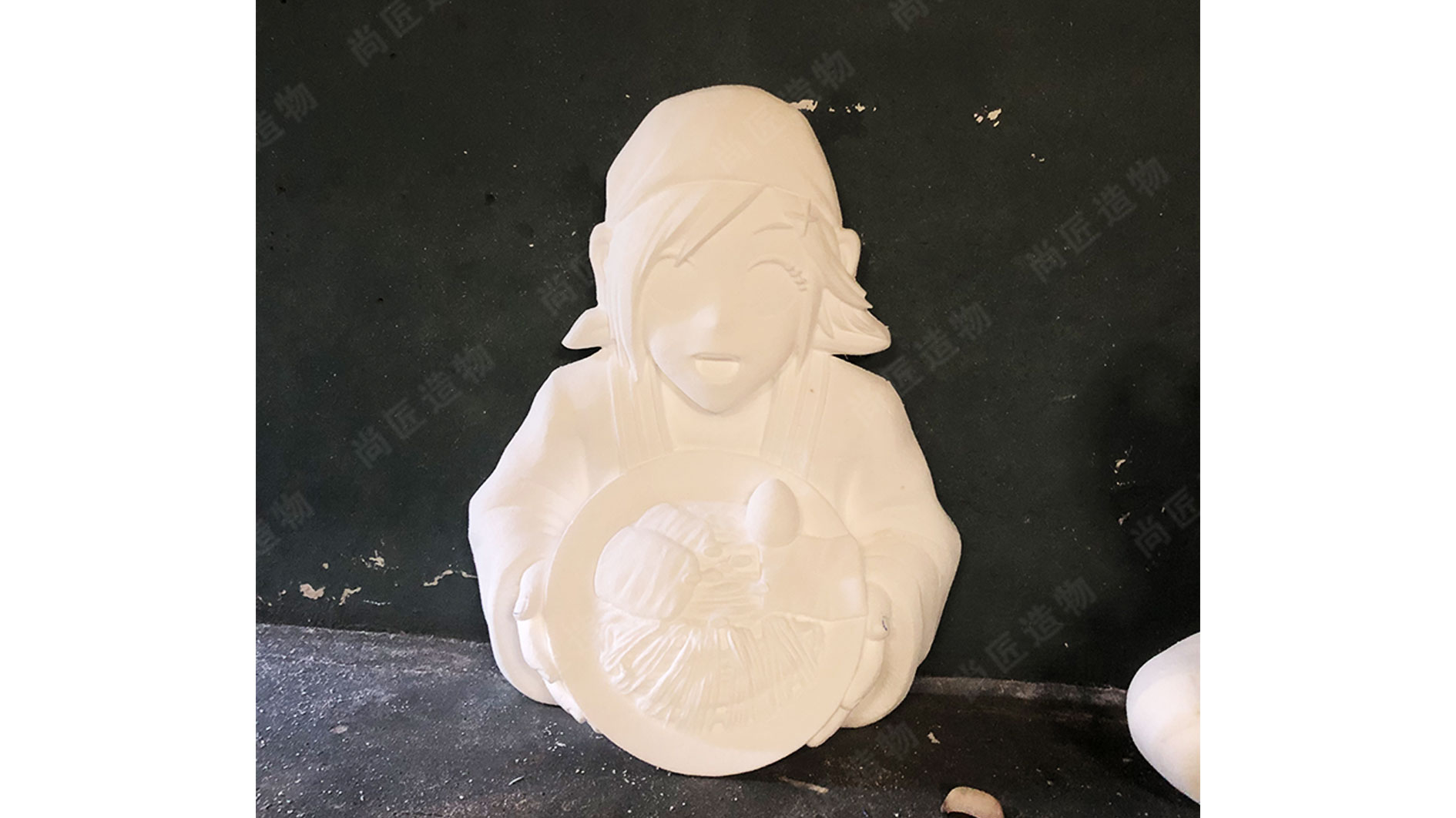
Art Meets Corporate Brand Identity
Corporate branding has evolved beyond logos and color schemes, entering the realm of tactile artistry through mascot sculptures. These three-dimensional creations serve as physical manifestations of brand ethos, translating abstract values like innovation or trust into forms that resonate visually and emotionally. Unlike flat graphics, sculpted mascots interact with space, light, and perspective, offering audiences a multisensory experience. For instance, a tech company might commission angular, metallic designs to symbolize precision, while a family-oriented brand could opt for rounded, approachable shapes. This fusion of artistic expression and corporate messaging transforms generic branding into memorable IP character sculpture, bridging the gap between commercial identity and public familiarity. By integrating materials like bronze or sustainable composites, brands further align their sculptures with environmental or cultural narratives. Such works don’t just decorate spaces—they anchor brand stories in physical form, fostering recognition that transcends traditional advertising. As businesses increasingly prioritize experiential marketing, mascot sculptures emerge as strategic tools to humanize corporations while maintaining artistic integrity.
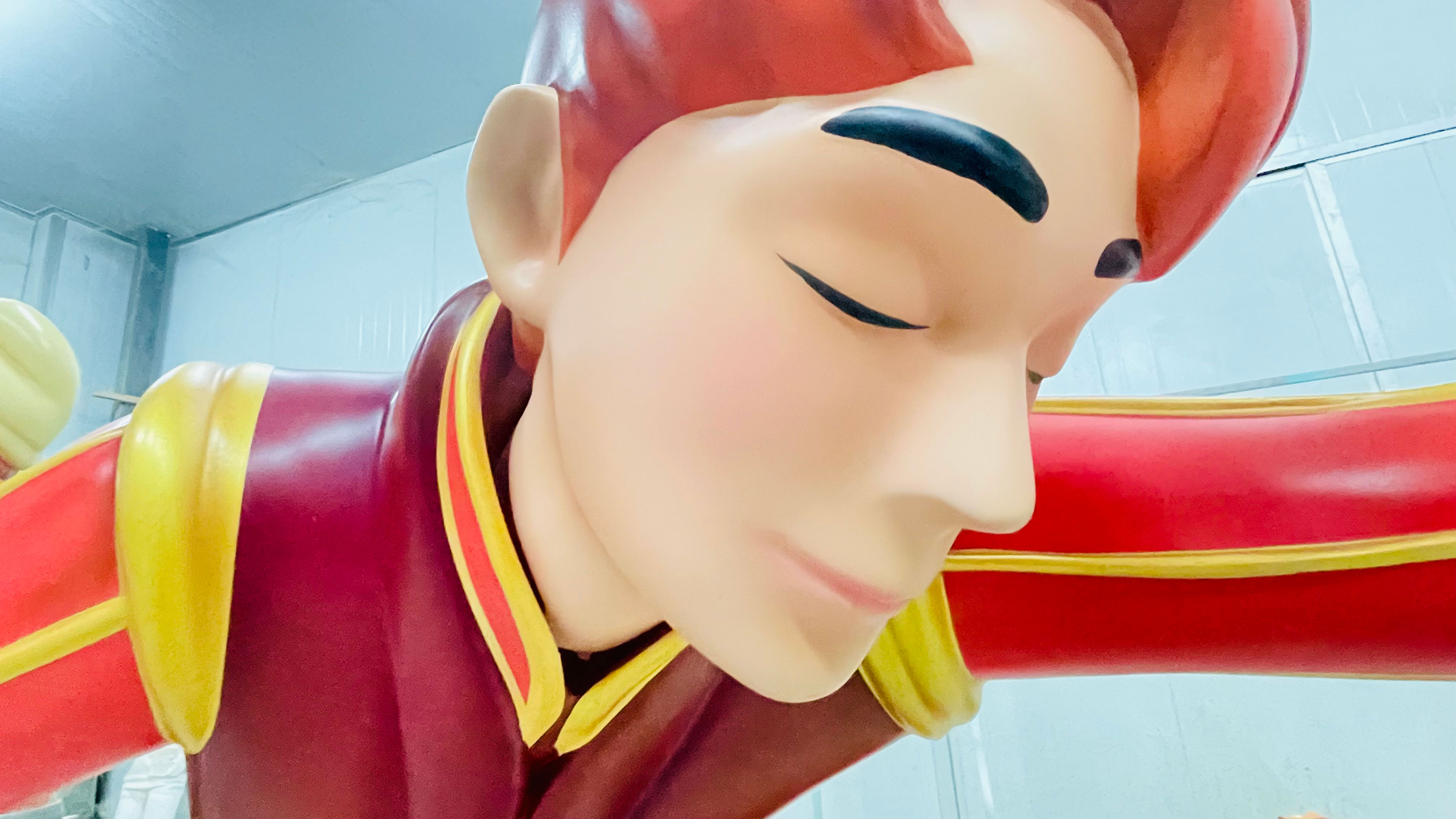
Sculptures Elevate Brand Landmarks
Branded mascot sculptures transcend traditional signage by anchoring corporate identities in physical spaces. These three-dimensional installations act as navigational markers, drawing visitors to corporate campuses, retail hubs, or event venues while reinforcing brand recall. For instance, kinetic sculpture installations at tech campuses merge movement with brand motifs, creating dynamic focal points that evolve with lighting and perspective.
| Traditional Branding | Sculptural Landmarks |
|---|---|
| Flat logos on buildings | Interactive 3D installations |
| Temporary ad campaigns | Permanent cultural markers |
| Passive visual elements | Tactile engagement points |
The shift toward sculptural branding reflects deeper audience expectations. A 2022 Nielsen study revealed that 68% of consumers better remember brands with physical art installations versus digital ads alone. Materials like weather-resistant bronze or polished stainless steel ensure longevity, while scale variations—from desk-sized figurines to building-height monuments—enable adaptable storytelling. When positioned in high-traffic areas, these sculptures organically spark social media interactions, with 43% of visitors photographing mascot statues according to Location-Based Marketing Association data. By translating 2D logos into spatially aware designs, companies create waypoints that simultaneously guide foot traffic and communicate brand ethos through form, texture, and environmental integration.
3D Mascots Foster Community Engagement
Beyond their visual appeal, branded mascot sculptures act as physical anchors that unite audiences through shared experiences. Unlike digital campaigns or temporary installations, permanent 3D mascots create gathering points where communities interact organically—whether through photo opportunities, event meetups, or social media challenges. For example, a mascot statue placed in a public park becomes a landmark for local residents while doubling as a symbol of the brand’s commitment to civic spaces. This duality transforms corporate imagery into participatory culture, fostering emotional connections that transcend traditional advertising.
The tactile nature of stainless steel sculpture materials, often used for durability in outdoor mascots, further reinforces their role as lasting community assets. Brands like Michelin’s Bibendum or M&M’s Spokescandies have leveraged such sculptures to host charity events or seasonal activations, embedding their identities into collective memory. By inviting touch, exploration, and recurring visitation, these mascots evolve from marketing tools into social catalysts—bridging corporate goals with public engagement while maintaining alignment with the brand’s core narrative.
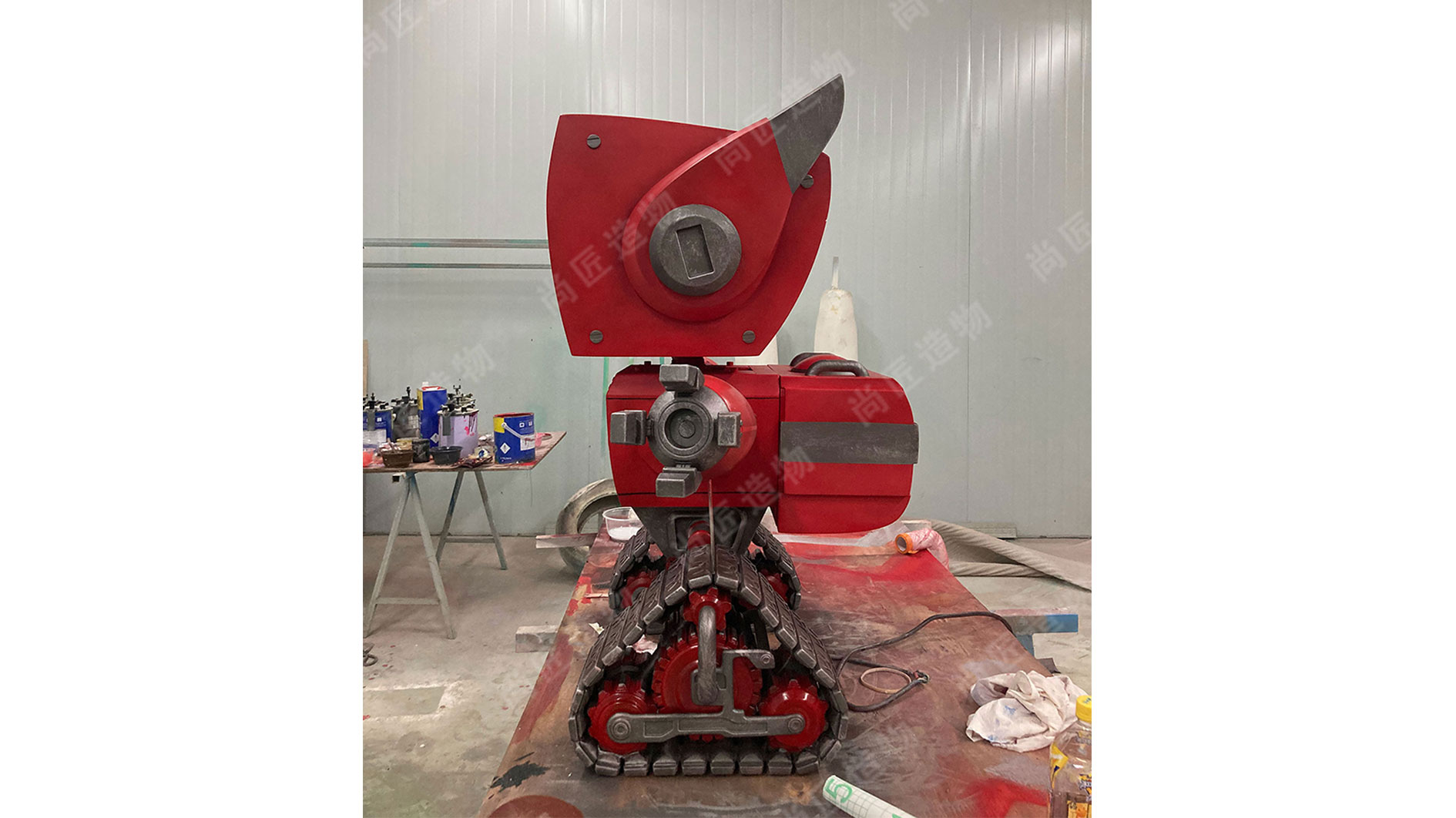
Cultural Icons Via Branded Sculptures
Branded mascot sculptures transcend traditional marketing by embedding brands into the cultural fabric of communities. These three-dimensional creations act as physical anchors, transforming abstract corporate identities into tangible symbols that resonate across generations. For example, sports teams often commission realistic sculpture designs of their mascots, which evolve into rallying points for fans and local pride. Similarly, corporate campuses use stylized statues to reflect organizational ethos—a tech giant might install futuristic robotic figures to symbolize innovation, while a conservation-focused brand could opt for nature-inspired forms.
This shift from logos to lifelike sculptures allows brands to communicate values without overt advertising. By occupying public spaces, these mascots become shared landmarks, sparking organic interactions and photo opportunities that amplify brand visibility. Over time, repeated exposure turns them into cultural shorthand—think of iconic figures like the M&M’s characters or Michelin’s Bibendum, which are instantly recognizable beyond their commercial origins. Such sculptures also adapt to regional contexts, blending global branding with local artistic traditions to deepen emotional connections. As these mascots accumulate stories and memories, they transition from marketing tools to enduring symbols of collective identity.
Embodying Values in Mascot Statues
Mascot statues transcend mere visual appeal by encoding a brand’s core principles into tangible forms. These sculptures act as three-dimensional manifestos, translating abstract ideals like sustainability, innovation, or inclusivity into physical expressions. For instance, a mascot crafted with eco-friendly fiberglass sculpture materials signals environmental stewardship, while dynamic poses or interactive features reflect forward-thinking values. Design teams often collaborate with cultural historians or local artists to embed region-specific narratives, ensuring the statue resonates with its surroundings. This alignment between form and philosophy transforms mascots into silent ambassadors, reinforcing brand identity through every curve and contour. By mirroring organizational ethics in their design, these statues become more than marketing tools—they evolve into enduring symbols of what a brand stands for, anchoring corporate values in public consciousness.
From Logos to Lifelike 3D Symbols
The evolution from flat logos to three-dimensional mascot sculptures marks a paradigm shift in how brands communicate identity. While traditional 2D designs excel in simplicity, lifelike sculptures add tactile and spatial dimensions that resonate more deeply with audiences. For example, a 2022 study by Design Economics Institute found that 3D brand symbols increased emotional engagement by 47% compared to static logos, as they create a sense of physical presence and relatability.
“Sculptures turn abstract brand values into something you can almost shake hands with,” notes industrial designer Mara Voss. “They bridge the gap between corporate messaging and human experience.”
This transformation is not merely aesthetic—it reflects brands’ growing emphasis on immersive storytelling. A mascot statue placed in a public square or corporate campus becomes a navigational landmark, inviting interaction while reinforcing brand recall. Tips for successful transitions include maintaining visual consistency with existing branding (e.g., color palettes or geometric motifs) and ensuring scalability for replication across global locations. As brands like Michelin’s Bibendum or M&M’s Spokescandies demonstrate, 3D mascots transcend marketing to become cultural touchstones, anchoring brands in shared physical and emotional spaces.
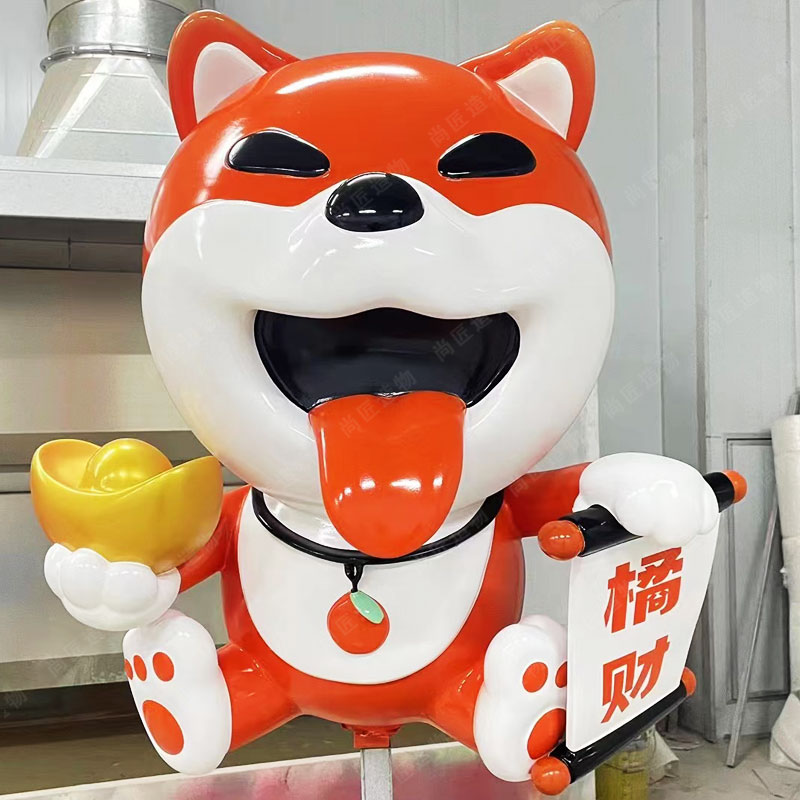
Mascot Sculptures as Marketing Tools
Beyond their symbolic role, branded mascot sculptures function as dynamic marketing tools that bridge physical and emotional connections with audiences. Unlike traditional advertisements, these three-dimensional figures create tangible touchpoints in public spaces, inviting interaction while reinforcing brand recall. For instance, a mascot statue placed in a high-traffic area becomes a photo-friendly landmark, encouraging social media sharing that amplifies organic reach. This strategy leverages the human tendency to engage with visually striking art, transforming passive observers into active participants.
The versatility of mascot sculptures allows brands to adapt them for seasonal campaigns or regional promotions. A sports team might temporarily modify its mascot’s attire to celebrate a championship, while a retail chain could install themed variations across different cities. Such flexibility ensures relevance to diverse demographics while maintaining cohesive branding. Additionally, the permanence of sculptures contrasts with fleeting digital ads, offering sustained visibility that evolves with the community. By blending aesthetic appeal with strategic placement, organizations turn mascots into silent ambassadors that communicate brand narratives without overt commercial messaging.
Crafting Personality in Brand Statues
Personality in branded mascot sculptures begins with deliberate design choices that mirror a company’s ethos. Unlike static logos, three-dimensional statues demand attention to physical proportions, material textures, and expressive details—elements that collectively humanize abstract brand values. For instance, rounded shapes and soft curves might convey approachability, while angular lines and metallic finishes signal innovation or strength. Facial expressions play a critical role: a mascot’s smile or determined gaze becomes a silent ambassador, forging emotional connections with audiences.
Design teams often collaborate with cultural historians or behavioral psychologists to ensure statues resonate with local traditions or universal emotions. A tech company might incorporate futuristic materials like polished composites to reflect cutting-edge ideals, while a family-oriented brand could opt for warm, tactile surfaces to evoke trust. These decisions transform mascots from decorative objects into storytellers, embedding narratives about the brand’s mission or community impact. By balancing artistic vision with strategic messaging, organizations create statues that don’t just represent a logo—they embody a living identity, inviting interaction and fostering memorability in public spaces.
Conclusion
Branded mascot sculptures represent more than aesthetic enhancements—they anchor brands in physical spaces while forging emotional connections that transcend traditional marketing. By translating abstract values into tangible forms, these sculptures act as bridges between corporate identity and public memory, transforming transient interactions into enduring cultural narratives. As demonstrated throughout this article, the strategic integration of 3D mascots into urban landscapes or corporate campuses amplifies visibility while fostering a sense of shared identity among communities. This shift from flat logos to multidimensional symbols reflects a broader trend where brands evolve into participatory elements of daily life, resonating across generations. While their artistic merit captures attention, their true power lies in embodying ideals that align with collective aspirations. As organizations continue to explore this fusion of art and branding, mascot sculptures will likely remain pivotal in shaping how institutions are perceived, remembered, and integrated into the cultural fabric.
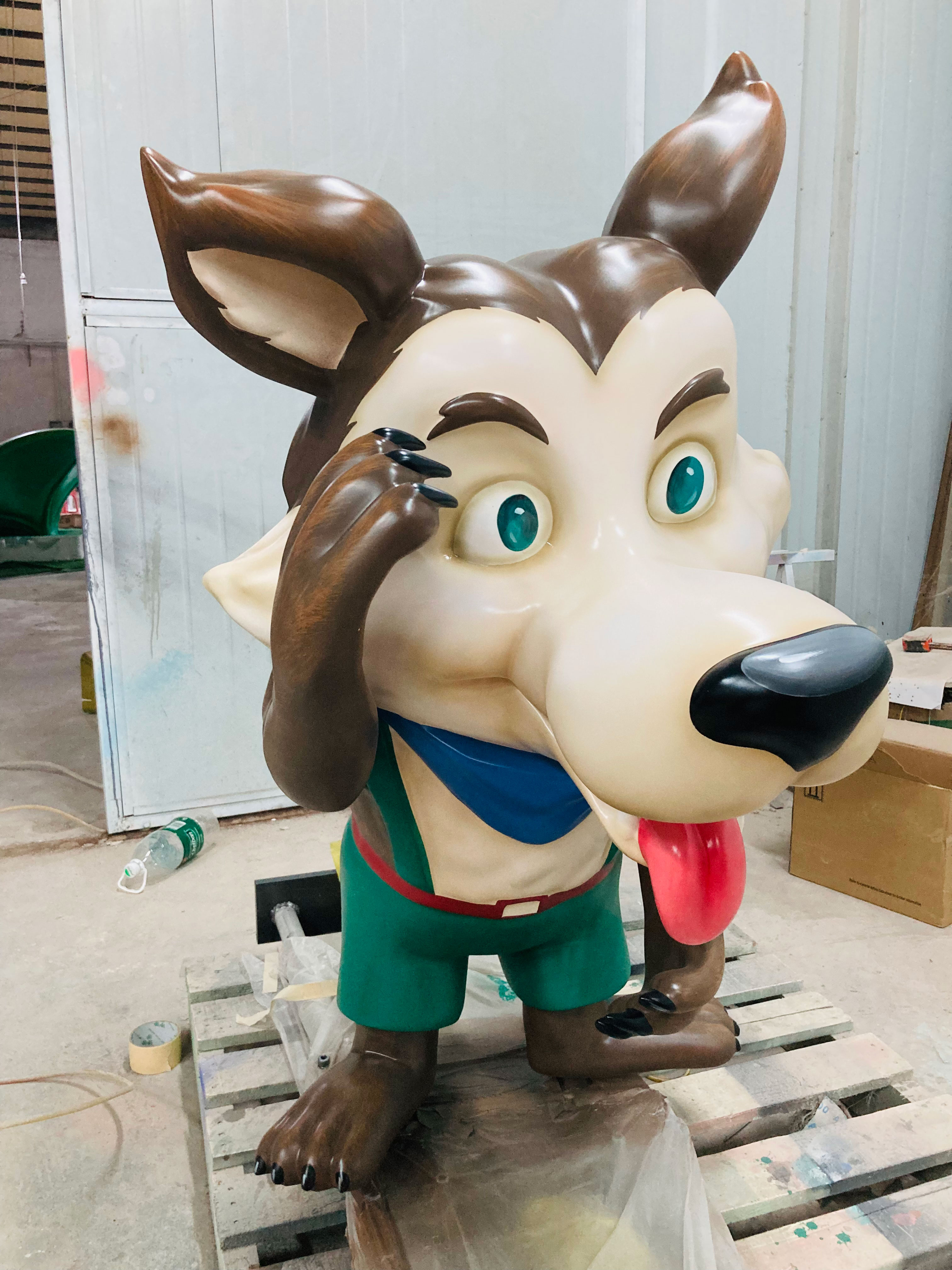
Frequently Asked Questions
How do branded mascot sculptures differ from traditional logos?
While logos are flat, two-dimensional symbols, mascot sculptures add depth and tangibility. They transform visual identities into interactive, three-dimensional landmarks that audiences can physically engage with, creating memorable experiences.
What industries benefit most from mascot sculptures?
Industries prioritizing community interaction—such as sports teams, universities, and consumer brands—see significant value. Sculptures work well for organizations needing to humanize their identity or celebrate milestones through public art installations.
Are mascot sculptures cost-effective for long-term branding?
Yes. Unlike temporary ads, sculptures serve as permanent fixtures, reducing recurring marketing costs. Their durability and ability to attract social media attention amplify brand visibility over decades with minimal upkeep.
How are cultural values embedded in these sculptures?
Designers incorporate symbolic shapes, colors, and poses reflecting a brand’s ethos. For example, a mascot holding a book for a university symbolizes education, while dynamic poses for sports brands convey energy and teamwork.
Do these sculptures require special maintenance?
Weather-resistant materials like bronze or treated steel are common, but periodic cleaning and inspections ensure longevity. Placement in high-traffic areas often necessitates protective coatings to prevent wear.
Can mascot sculptures evolve with a rebranding strategy?
Modular designs allow updates without full replacements. Elements like detachable accessories or digital augmentations (via QR codes) let brands refresh sculptures while preserving their iconic core.
 ch
ch English
English






